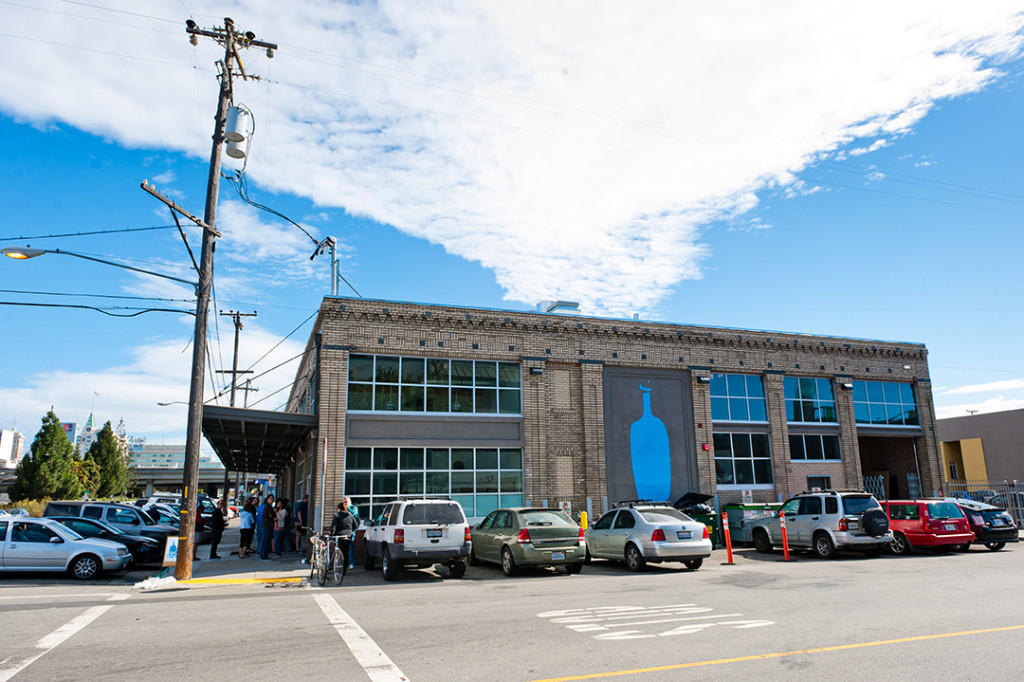Three Things Food Startups Need to Know about the Food Industry
Although the food industry has historically been dominated by entrenched major brands, startups and venture capital have begun to move aggressively into food and beverage and agriculture, rightly perceiving the industry to be both exciting and profitable. High-profile food startups like KRAVE and Blue Bottle Coffee have found success bringing an entrepreneurial, tech-centric ethos to food and beverage, and others are looking to launch similar ventures.
Founders and venture capitalists with a background in tech face a very different world in the food industry, of course. And although there’s no doubt that the industry will benefit from fresh ideas and new processes, startups that want to disrupt the industry first need to understand it. Like any other industry, food and beverage has its own challenges and quirks that are not always apparent to outsiders. As veterans of the food industry, we’re excited to see these new perspectives enter the field; we think “foodtech” can be a great thing for our industry. To help support that goal, we offer the following three givens about the industry as the most critical things for startups to understand as they launch exciting new food and beverage products.
1. Labels shape everything for food startups
Investors and founders likely know the food and beverage industry as a highly regulated sector. You know that the FDA and the USDA exercise broad authority over how products are manufactured, marketed, and sold. But the primary way this shows up in the day-to-day business of the industry may not be as apparent—it’s in the nutritional or other claims that can be put on the front of consumer packaged foods. These are exhaustively defined and generally must meet certain benchmarks for scientific verification and accuracy of language. Claims range from statements about health benefits (“can form part of a heart-healthy diet”) to those about sourcing (“grown and made in the USA”) to those about specific nutrients (“excellent source of calcium”). For a consumer brand, each claim is a critical element of how that brand appeals to its audience.
The largest brands in the food and beverage industry dedicate an immense amount of attention to these claims, as they shape consumer perception of their products enormously at the point of purchase. For these brands, it makes a huge difference to be able to claim that their product delivers an “excellent” level of protein versus merely a “good level.” Anyone who hopes to do business with those brands or compete with them must understand the power—and, to an extent, the technical details—of the package claims. In this way, even brands with no direct involvement with packaged goods, like B2B ingredient suppliers, have their world shaped by regulated label claims.
Takeaway: Whether you’re launching a consumer product or a B2B product or service, don’t underestimate the power of achieving certain claims on the front of a food package.
2. Food safety is the biggest story right now
In late 2010, President Obama passed the Food Safety Modernization Act (FSMA), which promised to be the largest change in America’s food safety system since the 1930’s. Although some critics have questioned whether the law is being successfully implemented, it is undeniable that its new rules—generally regarding increased traceability in the supply chain and additional food safety checks within manufacturing—are heavily affecting the operations of most food and beverage companies. Other changes, like updates to the nutrition label, will involve noticeable changes for consumers. Until FSMA is fully implemented—a process projected to conclude in 2018, but which may stretch longer—many companies will be heavily focused on negotiating the inevitable challenges of these enormous shifts in the industry.
Takeaway: Systemic change is underway in the industry right now—some startups will find opportunity there, while others may need to factor it in as an early challenge.
3. Consumer feelings are complex
Startups from the tech sphere are probably familiar with negotiating ambiguous consumer feelings given the controversy that surrounds many of the most prominent tech companies. But food is such an intimate matter (after all, we’re talking about stuff that quite literally composes your body) that discussion about it has another emotional tenor altogether. Food can be one of the things we most love, or most hate—or both at once. Though we may know that it’s impossible to have a product that perfectly encompasses health, taste, ethical sourcing, convenience, and other key benefits, we often act as if we expect our purchases to equally balance all those priorities. Startups that succeed will tap into all of what we love about food while minimizing the things we hate.
Though that’s hardly a groundbreaking point, brands can easily make the mistake of focusing so much one product benefit—say, health—that they overlook another crucial element, like taste. Although successful food and beverage products may not balance all elements of consumer desire—plenty of products sell well without a meaningful health claim, for example—those that flagrantly disregard our contradictory emotions need a strongly differentiating way to make up for it. Unhealthy foods had better taste (or look, or brand) great, in other words, while products that lack great taste had better offer a compelling story.
Takeaway: Unless your product has a perfect blend of taste, health, and other desirable qualities, be prepared to address some strong feelings in your marketing and customer communications.
It’s an exciting time to be in the food and beverage industry, with new businesses, powerful systemic changes, and intense consumer interest all converging to produce tremendous energy. If you’re just getting started with the industry—whether as a new business or an outside investor—we would love to help you navigate these complexities with actionable market research, branding, or strategy. As a full circle partner to the industry, we have the insider knowledge to help new brands make their way successfully. Give us a call or send us a message, and let’s get started making your new venture a great one.

